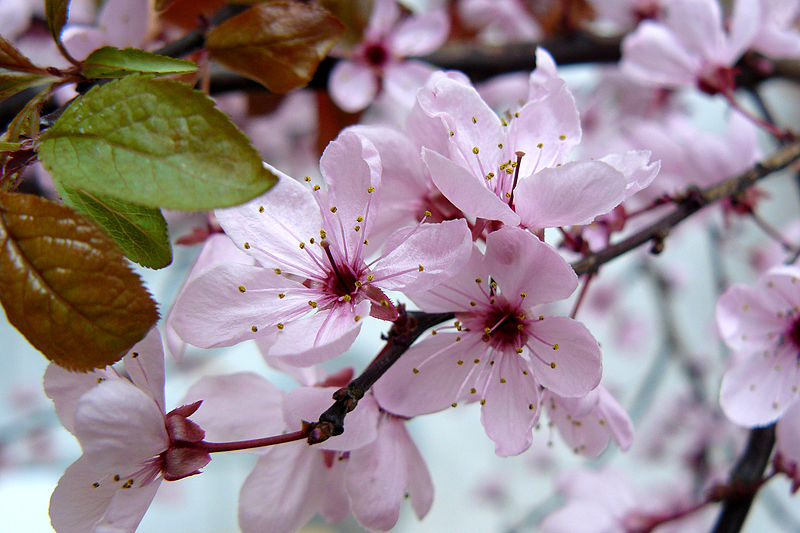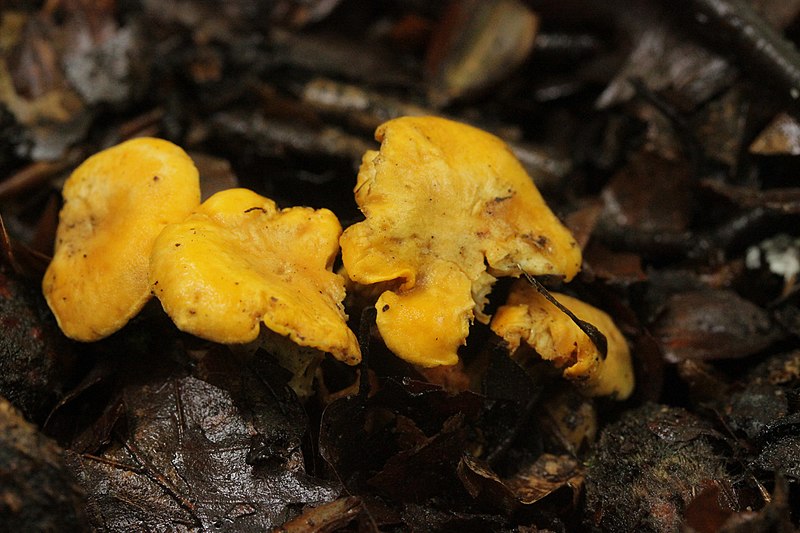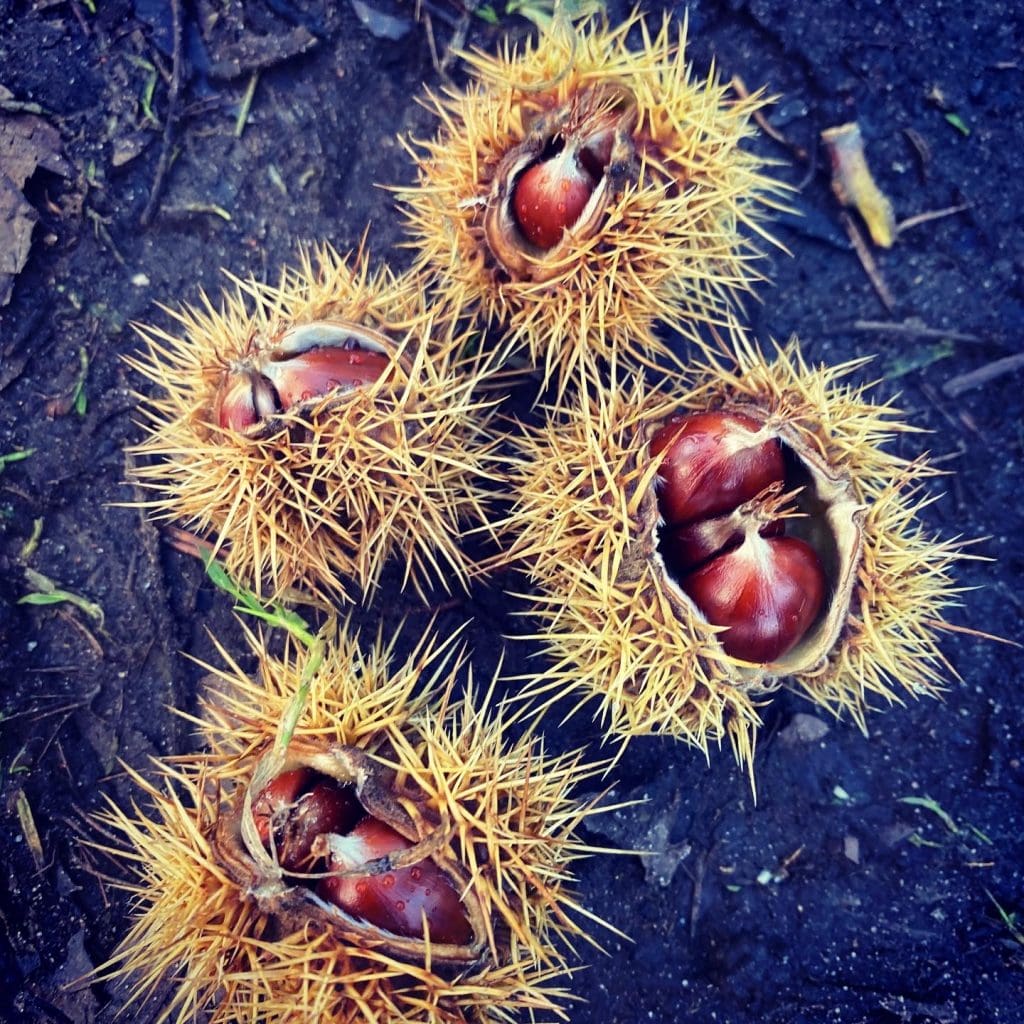Preserving wild flavours is an exciting part of any foragers’ journey it often culminates at some point in Foraging for the Drinks Cabinet.
Infusing alcohol is a simple yet amazingly delicious way to encapsulate some of Mother Nature’s tastiest wild abundance.
There’s no doubt that our ancestors have been harvesting, preserving, brewing, and fermenting for many moons, and in this piece, we are going to take a look at making seasonal, basic alcoholic infusions from foraged plants, fruits and perhaps even fungi…
Brewing wine, beer, mead, and other tipples are certainly not off the table when using foraged ingredients.
However, the world of brewing and fermenting can seem a little overwhelming at times, not forgetting you may need to invest in some specialised kit.
Foraging for the Drinks Cabinet is an incredibly simple way to use our foraged goodies whilst making inspiring and curious additions to the drinks cabinet and make wonderful gifts too!
What’s Needed to Infuse Alcohol with Foraged Wild Ingredients
There are many ways to begin infusing alcohol when Foraging for the Drinks Cabinet. However, the basic principles are the same. In terms of kit, you really don’t need to invest in much at all. Starting with a vessel, I will often use a clean and sterilised jam jar (the bigger the better!). I would stay away from using a glass bottle until you’re ready for your final bottling as it will be tricky to strain your foraged ingredients.
Next… the alcohol. Often it will depend on what you fancy making as certain ingredients will complement certain alcohols (more on this below in the recipes). Nevertheless, I don’t tend to buy very expensive, fancy booze when I’m infusing it.
Although your head may not thank you the next morning, as long as the alcohol is 40% proof (if you’re using a spirit) feel free to use the cheaper brands. Sugar is a main ingredient in making liquors and you will often find it a key ingredient when infusing alcohol.
This isn’t to say you need to use it, but you’ll end up with a tincture that perhaps isn’t as enjoyable and will taste more like medicine.
Your foraged, wild ingredients are what will really make the magic happen see below for some tantalising recipes and what is waiting to be foraged season to season. Cheers!
Foraging for the Drinks Cabinet in Spring
What a wonderful time of year! We are waking from the long slumber of winter and nature is starting to provide us with an abundance of wild food waiting to be foraged. At this time of year the sap is rising, fruit trees are blooming and the fresh, green spring greens have made their first appearance.
I absolutely love cherry blossom and there’s no better sign of spring as when they are in bloom. Most of them are edible – bonus! The flavour when eaten fresh is often described like a bitter almond. It’s worth noting this flavour comes from cyanogenic glucosides so don’t eat too many. Alcohol breaks down these glucosides which makes them a perfect ingredient to infuse. Alongside this, the beautiful floral, almondy notes can only take a few days to infuse the alcohol. Gin or vodka make great spirits as your base for this liquor.

Cherry blossom liqueur recipe
This is a fantastic recipe to hold and bottle to have waiting for you when Foraging for the Drinks Cabinet.
For this recipe you will need 2 x mason jars and a small bottle to strain your final liqueur into.
Ingredients:
- 200g Sugar
- 2 Large handfuls of cherry blossoms
- 200ml Vodka or Gin
Method:
- Place 1 large handful of cherry blossom in each jar
- In one jar top with 200g sugar, place the lid on and give a good shake
- In the other jar top with 200ml vodka or gin, place the lid on and give a good shake
- Let them sit for 2 days out of direct sunlight
- After 2 days, make a syrup from your infused sugar by a ratio of 1:1 sugar to water
- To do this measure out your sugar (ensuring you have removed the petals), and then measure the same amount of water. Add the sugar and water to a small pan and dissolve on a low heat to create the syrup
- Strain out the petals from the vodka or gin
- Once the syrup has cooled, slowly add this to the infused vodka/gin
- Once combined, using a funnel you can now bottle up
This liqueur can then be used in many cocktails, enjoy!
Foraging for the Drinks Cabinet in Summer
The days are long, we are (hopefully) being blessed by the beautiful sunshine and the bees are busy buzzing and it’s time to get out Foraging for the Drinks Cabinet.
At this time of year, many plants are flowering and focusing on going to seed. This will take my attention to fungi. You may be thinking… “what? we can infuse alcohol with mushrooms?!” and the answer is an almighty yes. Amazing, huh? The world of fungi is truly mesmerising, and the summer months will see the beginning of this wonderful wild food season really begin.
Chanterelle (Cantharellius cibarius) is a wonderful mushroom to use when infusing alcohol. They are sweet and fruity, with the scent often described as being like apricots. As with all we forage, ensure you have correctly identified them here and find our truly scrumptious recipe below.

Spiced chanterelle vodka recipe
Who would have thought of infusing mushrooms into a wild liquor, however when we’re Foraging for the Drinks Cabinet we sometimes have to think outside of the box, or the bottles. This recipe and drink is absolutely delightful, marrying up the slight peppery spice and apricot aromas of the Chanterelle with Christmassy spices.
Ingredients:
- 100g Fresh chanterelle mushrooms
- 750ml Vodka
- 250g White, granulated sugar
- ½ a Small stick of cinnamon
- ½ Star anise pod
Method
- Ensure your mushrooms are thoroughly clean
- Place the chanterelles in a clean, sterilised jar
- Cover the mushrooms with the vodka
- Now add in the sugar and spices into to the jar, giving it a good stir or shake (with the lid on) to dissolve the sugar
- Leave the infused vodka for 4 days (out of sunlight) and then have a little taste. You can adjust the sweetness here by adding more sugar if you like and then leave it for a few more days if you prefer the taste to be more intense
- Strain out the mushrooms and spices from the vodka and then bottle up
Foraging for the Drinks Cabinet in Autumn

It’s that time of year again, where the nights are drawing in and the temperature is starting to drop alongside the colourful leaves, it’s the perfect time to head out and Foraging for the Drinks Cabinet or prepare some things for Christmas gifts.
It’s probably one of the most abundant and exciting times of year for the forager, Autumn will provide us with many ingredients to inspire and infuse. With fruits, nuts and berries now ripened there are plenty more exciting creations for the drinks cabinet to see us through the darker months ahead.
Sweet chestnuts are in abundance at this time of year (if you can beat the squirrels!) and I love the chase of hunting and prying your way into those pesky spiky cases. It’s worth the effort. Not to be confused with horse chestnut or those familiar conkers… take a look here to make sure what you’ve found is the real deal. Simply roasted on the fire they are a lovely way to celebrate the change of season or why not try our salted caramel sweet chestnut vodka? Find the link below.
Ingredients for Salted Caramel Sweet Chestnut Vodka
- 1 LITRE OF VODKA
- 1 TEASPOON OF SEA SALT
- 50 GRAMS OF SUGAR
- 150 GRAMS OF CHESTNUTS (WHEN PEELED)
Method
I used fresh chestnuts that’s I’d foraged but the recipe would work with precooked and vacuum bagged chestnuts sold in supermarkets. If using precooked you can skip this step. But the first thing to do is to roast your nuts.
- Pre heat the oven to 200C/180C fan.
- Put each chestnut flat-side down on a chopping board. Hold the chestnut carefully and, using a sharp knife, cut a long slit or a cross in the top. Make sure you cut through the shell but not the nut inside.
- Roast for around 20-30 minutes. The slits should open slightly and peel back making them easier to de-shell.
- When roasted place in a large bowl and cover with boiling water and leave for 10 minutes. (This step makes them much easier to peel)
- Allow to cool slightly and then peel off the shells and tough inner membrane.
- Once peeled chop slightly and add to a heavy bottomed saucepan. Add the sugar and cook gently for 5 minutes. You want the sugar to fully dissolve and start to caramelize. Add the sea salt, stir, remove from the heat and cool completely.
- Once cooled add to a Kilner jar or large sterilized bottle and top up with vodka, it will be ready to drink after a month but is best left for 2-3 months for the flavours to fully develop.
To serve strain through a fine sieve or muslin cloth to remove the nuts. Don’t discard them they have loads of flavour and are great served with vanilla ice cream and birch sap syrup.
Foraging for the Drinks Cabinet in Winter
The long and cold nights mean it’s now time to snuggle up and get cosy in front of the fire, preferably with a festive tipple. We may not be out and about as much to forage, but there are still things destined for the basket and cocktail shaker.
I’ll often turn to conifer trees in the colder months, and they make a lovely addition to foraged recipes for the holidays. It’s pretty novel to be able to drink your Christmas tree! You’ll find coniferous trees all over the UK and as long as you don’t confuse them with yew, we can make the below recipe from trees such as pine, spruce and fir. This is a handy blog post to help you tell the difference:
The compounds found in conifers known as terpenes mean they have a complex flavour profile including that of citrus, piney and fresh which mean they are exceptional for drinks. I encourage you to give some needles a crush a sniff next time you’re out and about – delicious!
Christmas tree liqueur recipe
If you want to use your Christmas tree for this recipe ensure it’s edible and hasn’t been sprayed with any nasties, if it hasn’t then we can do our Foraging for the Drinks Cabinet much closer to home!
Ingredients:
- 1 cup spruce, fir or pine needles
- 70Cl bottle of vodka or gin
- 150g sugar
Method:
- Pop your needles and sugar in a blender with 1/2 of the spirit of choice and blitz on high speed for a few minutes
- Now pour this into a large jug ensuring you haven’t missed any of the blitzed needles
- Pour this mixture back into the original bottle with the remaining vodka or gin (it will be a mesmerising green colour), seal with the lid and refrigerate for around a week
- Now strain through muslin and bottle up
- Store in the freezer
This green elixir can now be used in festive cocktails, enjoy!
Although a quick and simple dive in to Foraging for the Drinks Cabinet, we’ve covered most of the basic elements to get us started infusing and enjoying wild flavours in our next drinks and cocktails.
I often tie a bow around the bottles and give them out as hand made gifts also, they always go down a treat!





